A Global Enterprise
In locations from Tahiti to Vietnam, SDSU researchers are hard at work, and their research is making an impact around the world. Here’s a sampling of projects underway today with many more in places such as Alaska, Antarctica, Tijuana and Tajikistan.
By Mike Freeman
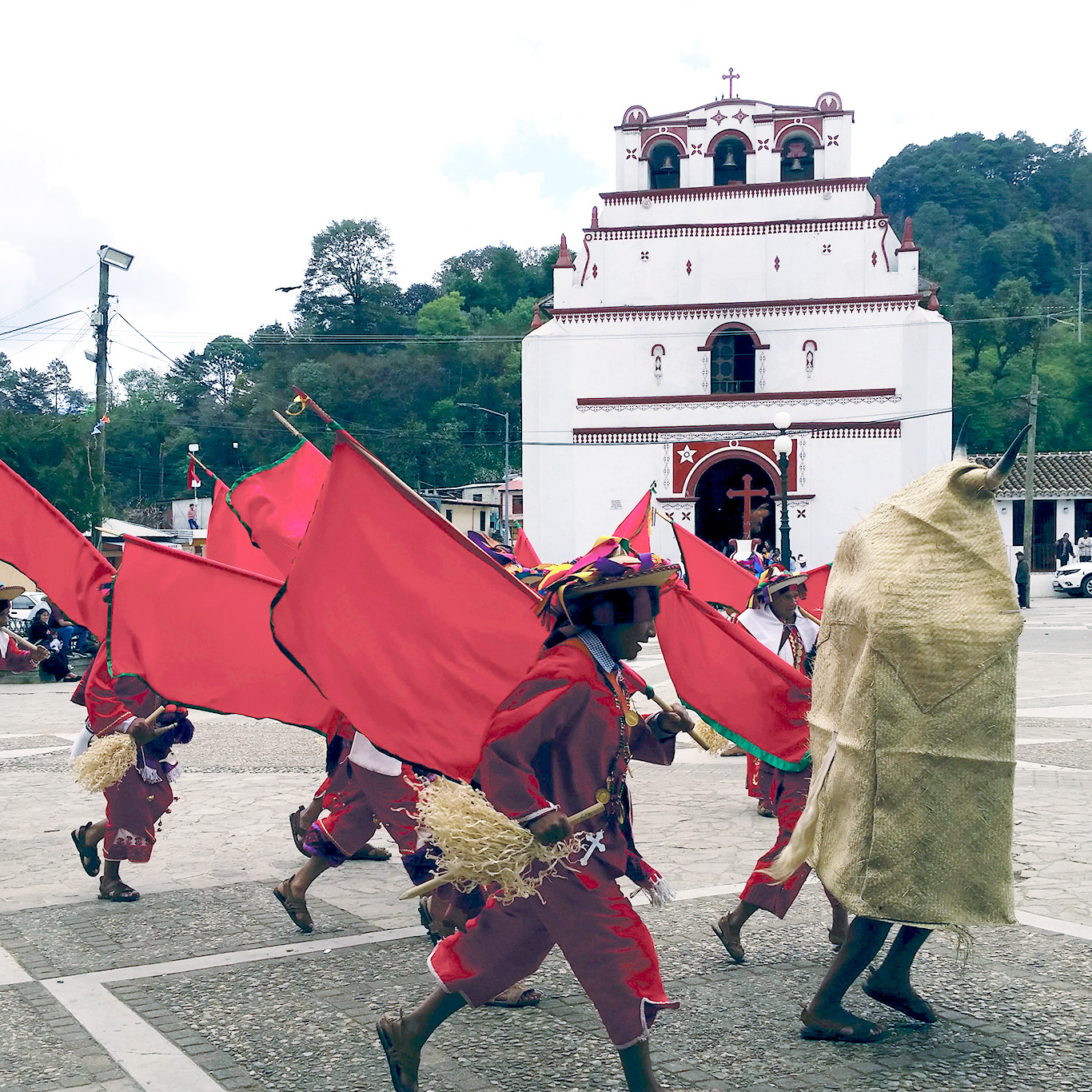
Education and Belief Systems
Linda Abarbanell, associate professor of psychology
Location: Chiapas, Mexico
Abarbanell examines belief systems in a Tseltal Mayan community in Chiapas, Mexico. Her latest project, the Culture of Schooling, is a collaboration led by researchers at the University of Texas Austin to probe how formal education impacts values, beliefs and customs in traditional communities, particularly around science and religion.
The study spans 16 sites worldwide. In conjunction, Abarbanell is researching how changing beliefs impact health care choices in Chiapas. Findings point to significant crossover despite education and religious affiliations. People might start with medicinal plants, then go to the clinic, and if still sick, pivot to rituals.
“Health care is an important domain where people routinely combine different types of belief systems: supernatural belief systems, social-relational belief systems about the causes of illness, as well as biological, scientifically based belief systems,” Abarbanell says.
She hopes the research sparks conversations in the community about the education system and society they want to create.
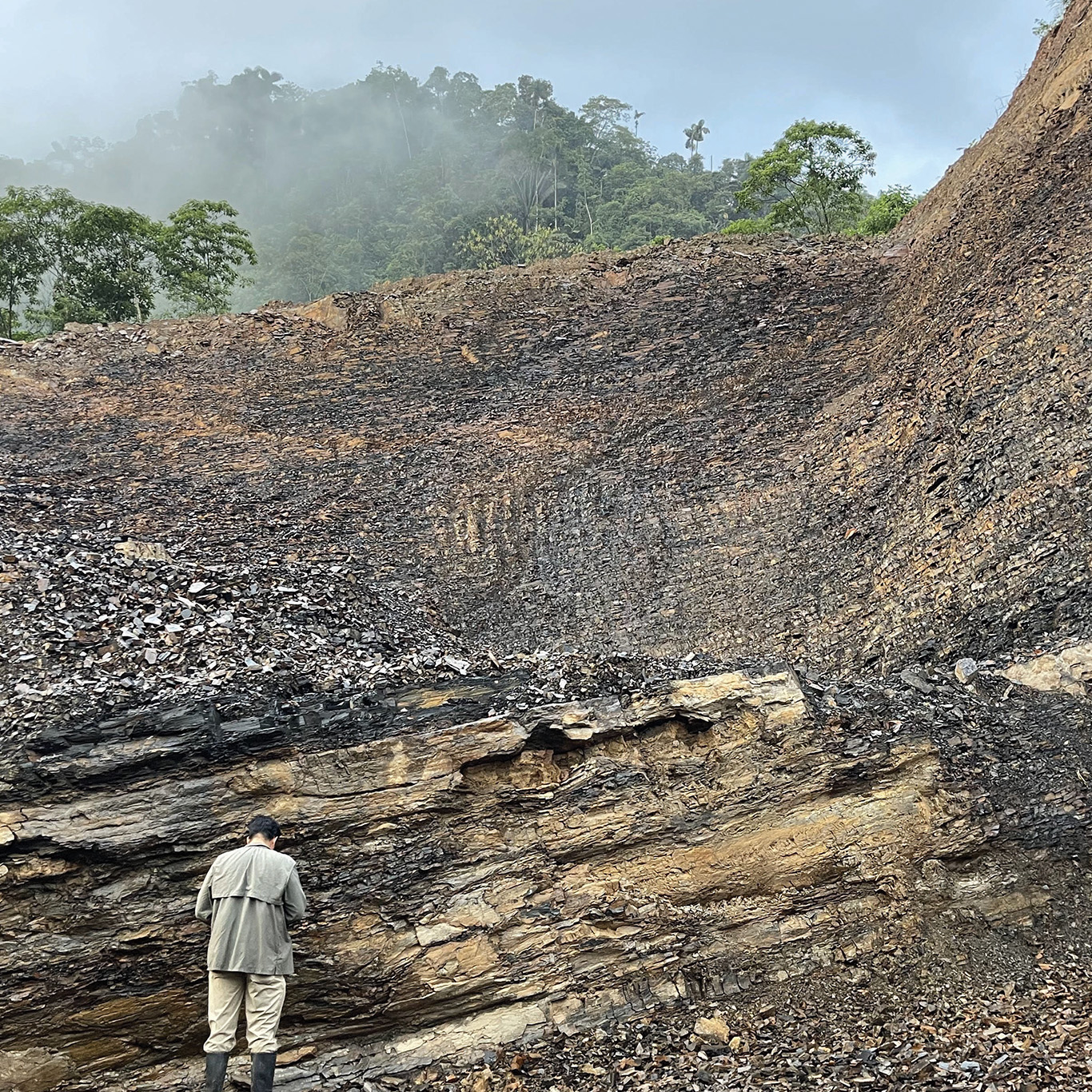
Earthquakes in Ecuador
Rafael Almeida, assistant professor of earth and environmental sciences
Location: Ecuador
Ecuador sits in the Pacific Ring of Fire, a hotspot for tectonic activity that historically has sparked destructive earthquakes. In the mountains and coast regions, these tremors have been widely studied, with faults subject to seismic monitoring networks.
But in the sparsely populated tropical jungles of eastern Ecuador, faults are harder to find, and earthquakes haven’t been well documented. Almeida and collaborators fly laser-sensor drones to map the jungle floor, looking for signs of faulting. They sample long-buried grains of quartz sand to determine the last time they were exposed to sunlight. The process aims to illuminate earthquake risks in eastern Ecuador, which has seen explosive population growth amid mining and other natural resource development.
The research is ongoing. Almeida hopes it will inform local communities and industry on earthquake preparedness.
“In Ecuador, each town must study the natural hazards of their cantón, their county,” Almeida says. “They want to do this.”
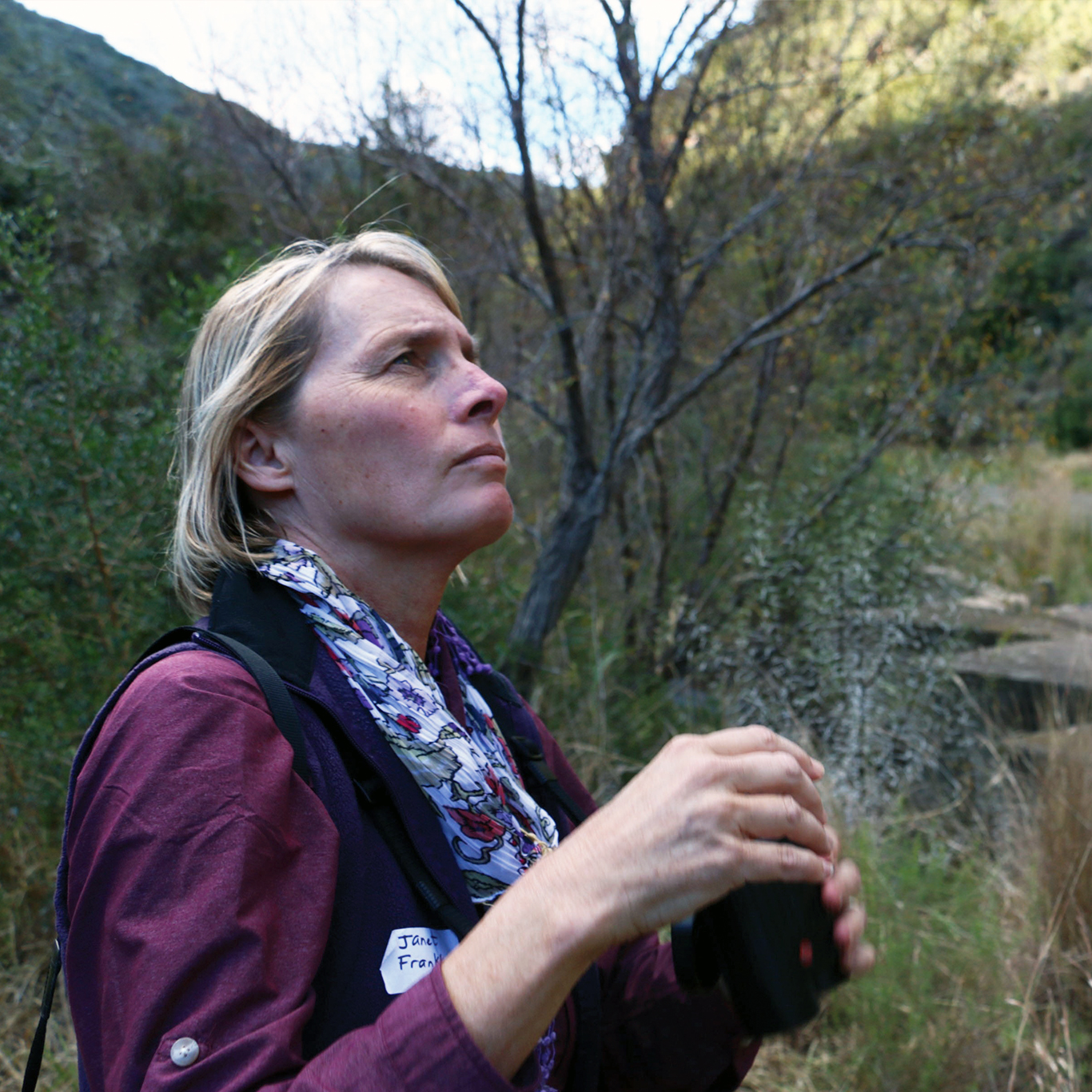
Early Humans
Janet Franklin, endowed professor of geography
Location: South Africa
Franklin couldn’t say no to the opportunity to research human origins in South Africa. As part of a team studying a site considered an archeological epicenter of human evolution, Franklin digitally reconstructs vegetation and resource landscapes 50,000 to 170,000 years ago, a period of dynamic sea level changes that switched the environment between grasslands and shore lines.
Franklin’s modeling provides context to the archeological record during an important phase of cognitive and cultural human development, creating understanding of how early humans adapted to swings in habitat.
“During that period of our development as a species, we got to practice in different kinds of environments,” Franklin says. “We learned how to be coastal foragers. We learned how to be big-game hunters, and we learned how to be plant food foragers and take advantage of these underground plant resources that you had to discover and figure out how to process.”
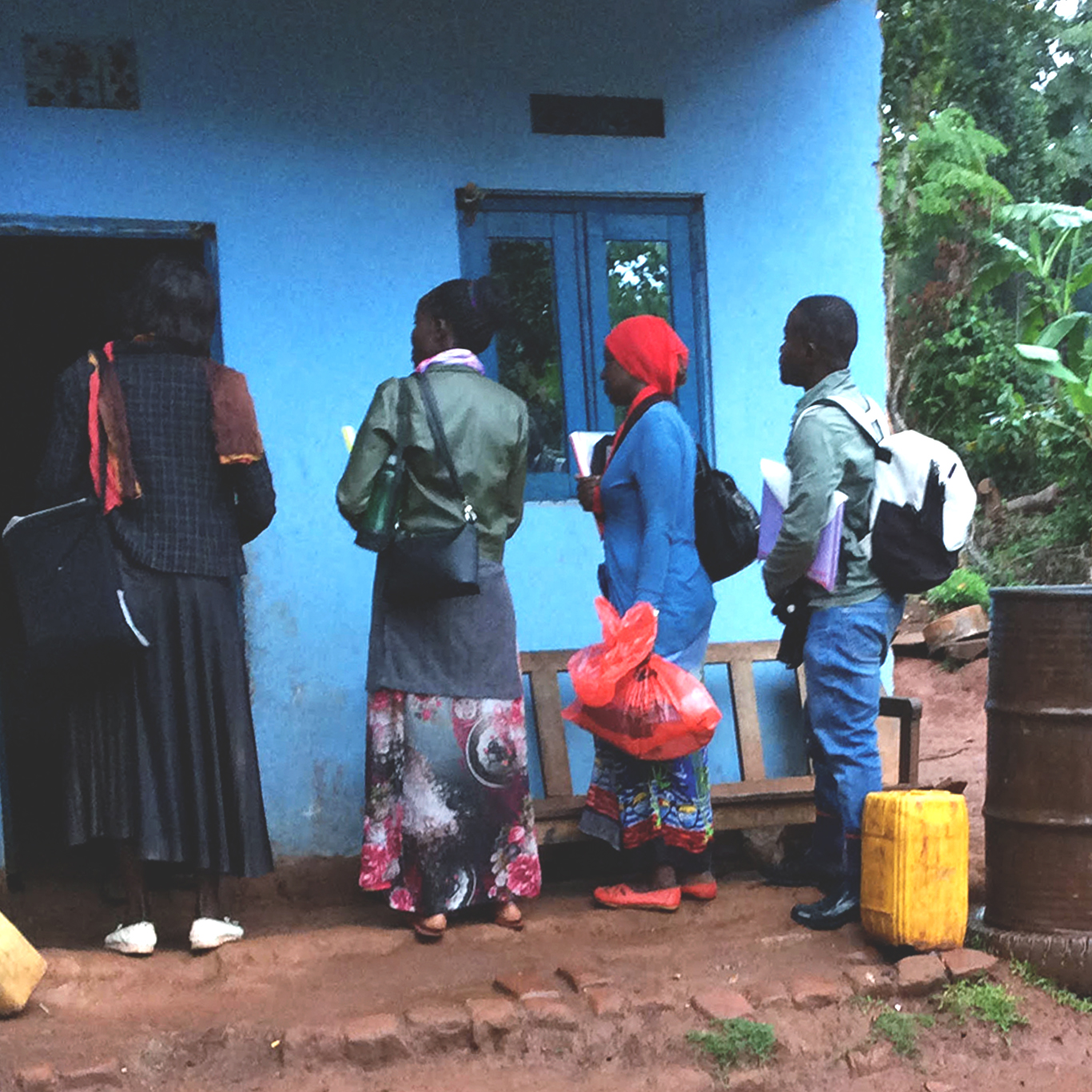
Public Health Outreach
Susan Kiene, professor of epidemiology and biostatistics
Location: Uganda
Kiene’s research focuses on interventions for HIV, family planning and alcohol use. This spring, she started four new trials with collaborators in Uganda.They include efforts to address social and structural conditions affecting alcohol use and HIV among men; a couples’ intervention to engage men in overall family health, including financial health and spacing of children; a pilot trial empowering female sex workers to promote HIV-prevention medications to clients; and an intervention to reduce intimate partner violence, alcohol use and HIV among young couples.
“Two are large trials where we are looking at the efficacy of the intervention and thinking about how to scale this up after we’re done,” Kiene says.
Kiene emphasized the importance of community, public health policy and academic partnerships in her research.
“The impact of that and the knowledge exchange both ways is really important, and I think at SDSU, we are known for that.”
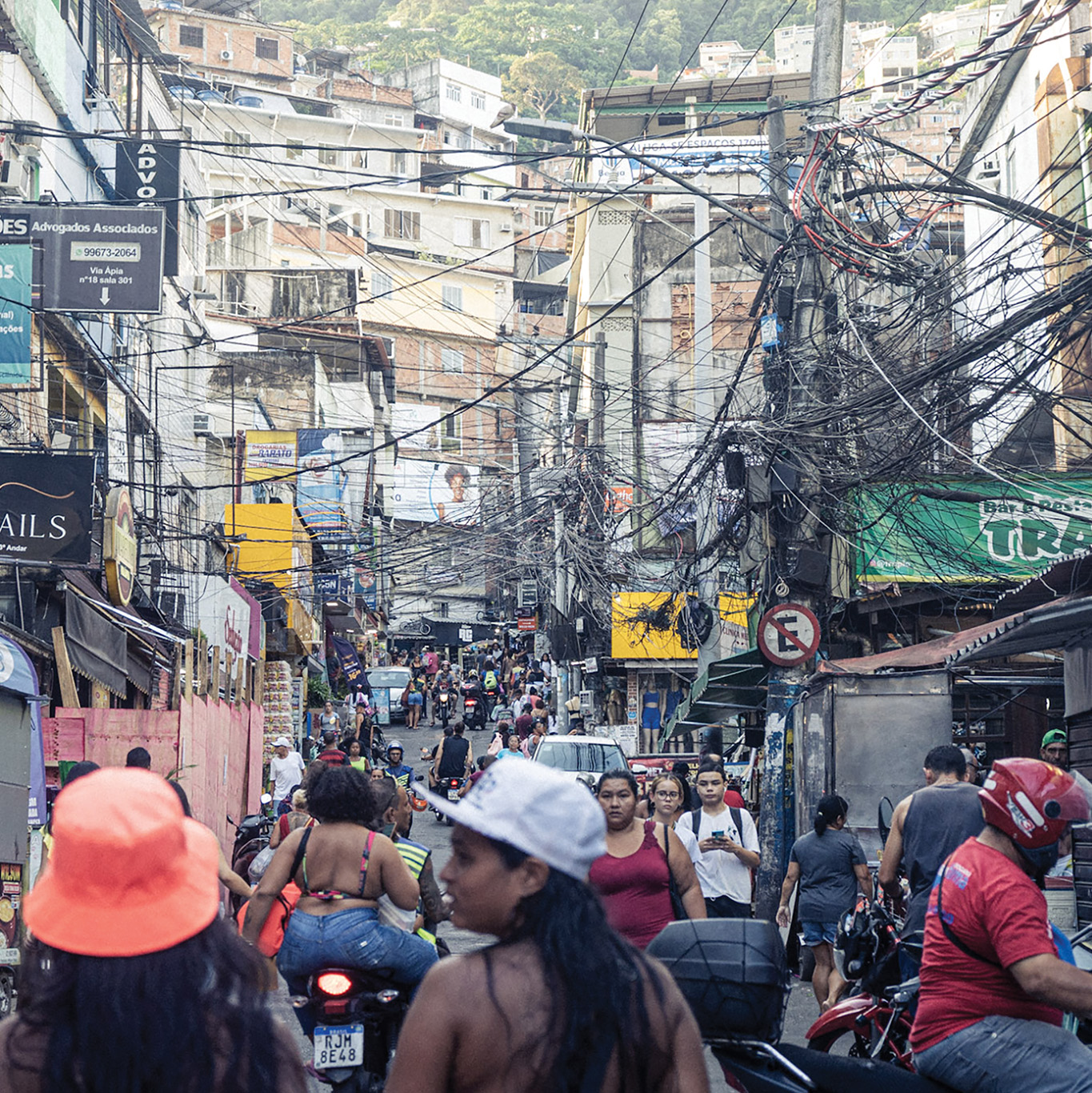
Heat Islands
Erika Robb Larkins, professor and director of the Behner Stiefel Center for Brazilian Studies
Location: Rio de Janeiro, Brazil
Larkins documents how climate change negatively affects residents of Rio de Janeiro’s favelas, which are unplanned, dense neighborhoods that often suffer the worst of Brazil’s extreme heat waves. Her latest research evaluates how poor electrical infrastructure results in fewer options for favela residents to escape sweltering temperatures.
“One of the findings is that the amount of monetary effort and technical know-how that is required for people in lower class communities to stay cool is radically more than for people living in places with more means,” Larkins says.
Air conditioners are viewed as essential appliances in Rio these days. But saving to buy one isn’t enough in the favelas. Residents must be self-taught electricians and circuit sleuths, seeking out stable power sources that won’t overload and spark fires.
“The impact of this is a public health crisis,” Larkins says. “If you can’t cool down at all, you are more vulnerable.”
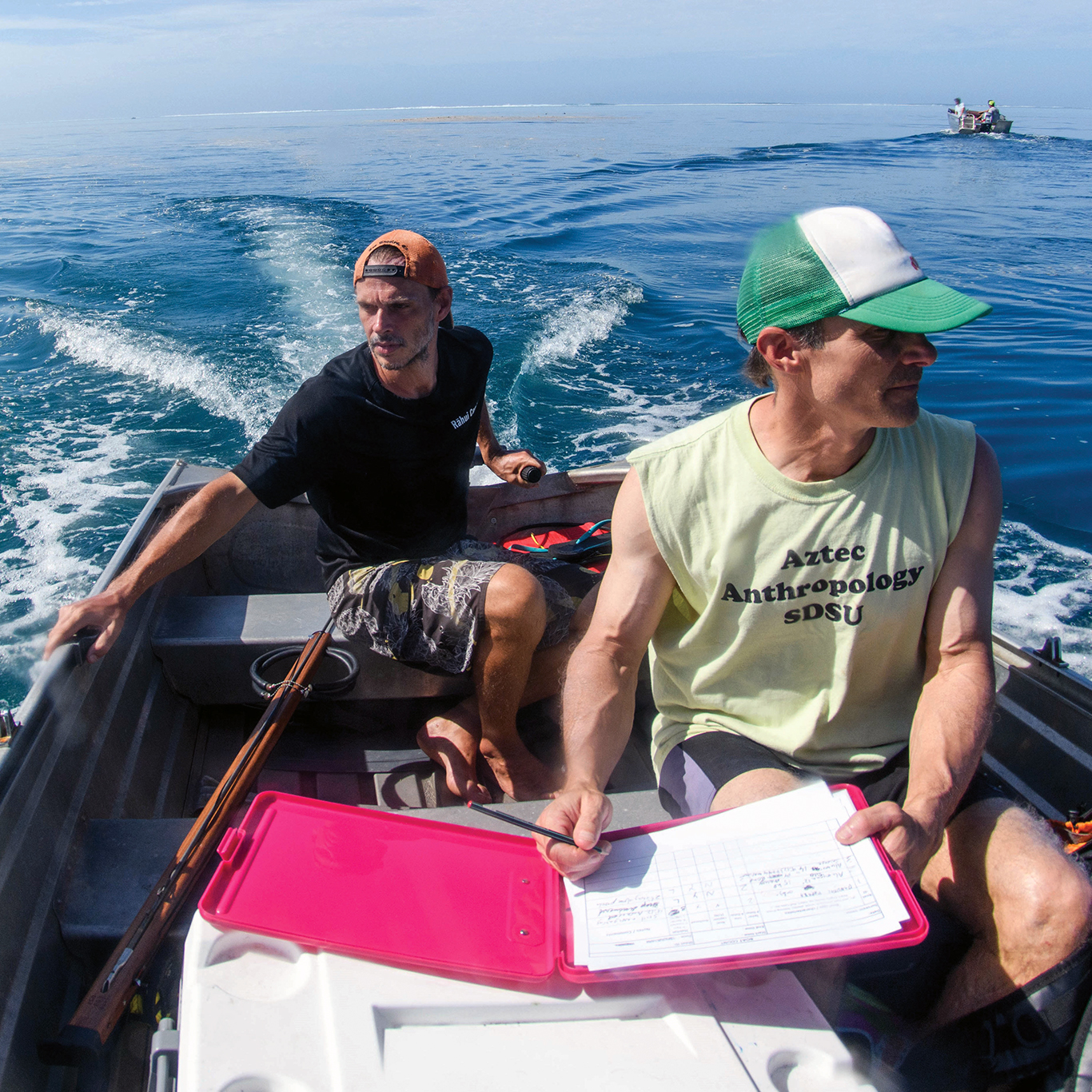
Sustainable Fisheries
Matt Lauer, anthropologist and department chair
Location: Tahiti
Lauer researches whether coral reef fisheries on the island of Tahiti can be more sustainably managed through temporary fishing restrictions rather than permanent closures. While permanent closures are known to effectively protect biodiversity, they often disrupt the livelihoods of small-scale fishing communities. This breeds discontent and increases the likelihood of poaching.
Pre-colonial Polynesians practiced rahui, short-term fishery closures that helped replenish stocks. After a few years the closed areas were opened back up for fishing. Today, grassroots support for similar time-bound closures is growing worldwide, especially in the global south. However, their effectiveness remains uncertain. Lauer and colleagues are investigating whether these temporary fisheries management strategies can achieve marine sustainability while maintaining local support.
“These practices haven’t been studied much,” Lauer says. “We’re trying to understand how they work, their ecological and social effects, and whether they offer a viable alternative.”
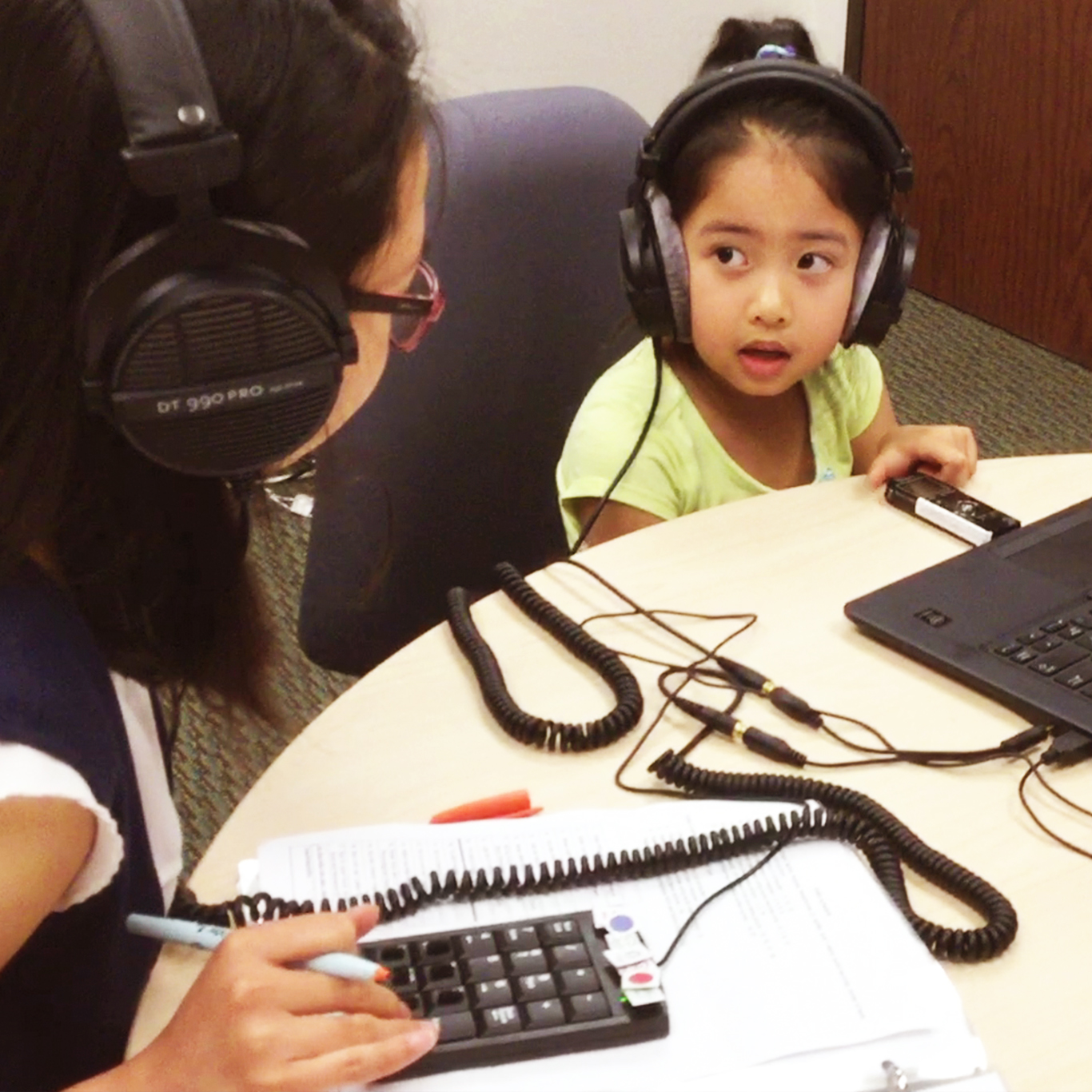
Language Development
Giang Pham, speech-language pathologist, professor and associate dean for research
Location: Vietnam
Pham researches language development in Vietnamese children in Vietnam and the United States. Speech-language pathology is emerging in Vietnam, with no standardized tests for language development and limited research on language disorders that can foreshadow academic struggles for children, particularly in reading.
Pham and Vietnamese research collaborators are building the scientific evidence base for the field, probing how kindergarteners develop language skills, what developmental language disorder looks like in Vietnamese and if DLD be identified accurately and early enough to prevent children from falling behind in school.
Their research has pinpointed early predictive markers, and they’ve developed assessment tools that are available online.
“The next step is how to get these tools into educational practice,” she says. “Can there be a screening for all kindergarten children to identify those who are most at risk for language or reading difficulties?”

Endangered Moor Macaques
Erin Riley, professor of anthropology
Location: Indonesia
Riley has studied endangered Moor macaques in an Indonesian national park for 15 years, bringing SDSU students along to learn how to do scientific fieldwork. Her research took a turn, however, when monkeys began gathering along the road that bisects the park, waiting for food handouts from passing vehicles.
Riley and her team of students and local collaborators have documented changes in the macaques’ social and ranging behavior, increased danger from vehicles and potential loss of social learning opportunities for juveniles.
“It used to be one group of monkeys on the road,” she says, “but now there are more than eight different groups.”
Along with research partners, Riley is exploring ways to change human behavior.
“Some people say we should stop the provisioning, but that may be impossible,” Riley says. “So maybe the outreach should focus on the dangers of provisioning wildlife and encourage people to avoid giving the monkeys unhealthy food like cookies and bread.”
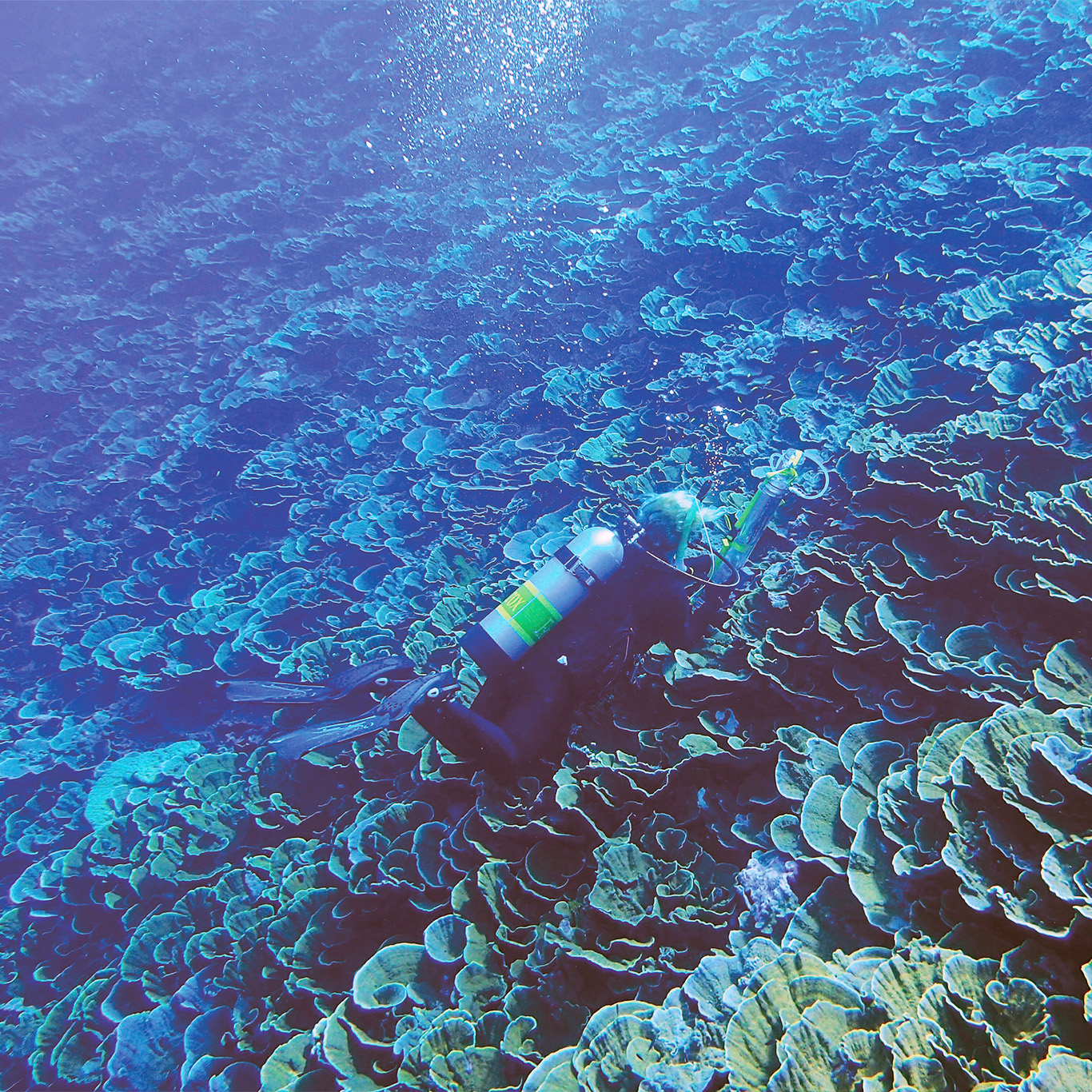
Restoring the Coral Reefs
Forest Rohwer, professor of biology
Location: Line Islands, south of Hawaii
The Rohwer Lab studies the viruses and bacteria that live on the coral reefs of the Pacific Ocean, including the Line Islands south of Hawaii. A cornerstone of this work is comparing pristine reefs with those impacted by local and global stressors. Overfishing, a local stressor, reduces grazing on algae. Without big fish grazing, algae start to feed the bacteria. The fat-and-happy bacteria use up the oxygen and eventually choke the corals. The work in the remote Pacific shows that reefs with a lot of big fish are also more resilient to heat waves, the primary global stressor.
To help corals bounce back on overfished reefs, the Rohwer Lab is building floating structures called Coral Reef Arks.
“The corals are suffocating on the bottom,” Rohwer says. “So, we float the corals up in the water on these structures, and we test to see if we get healthier corals. The answer is yes.”
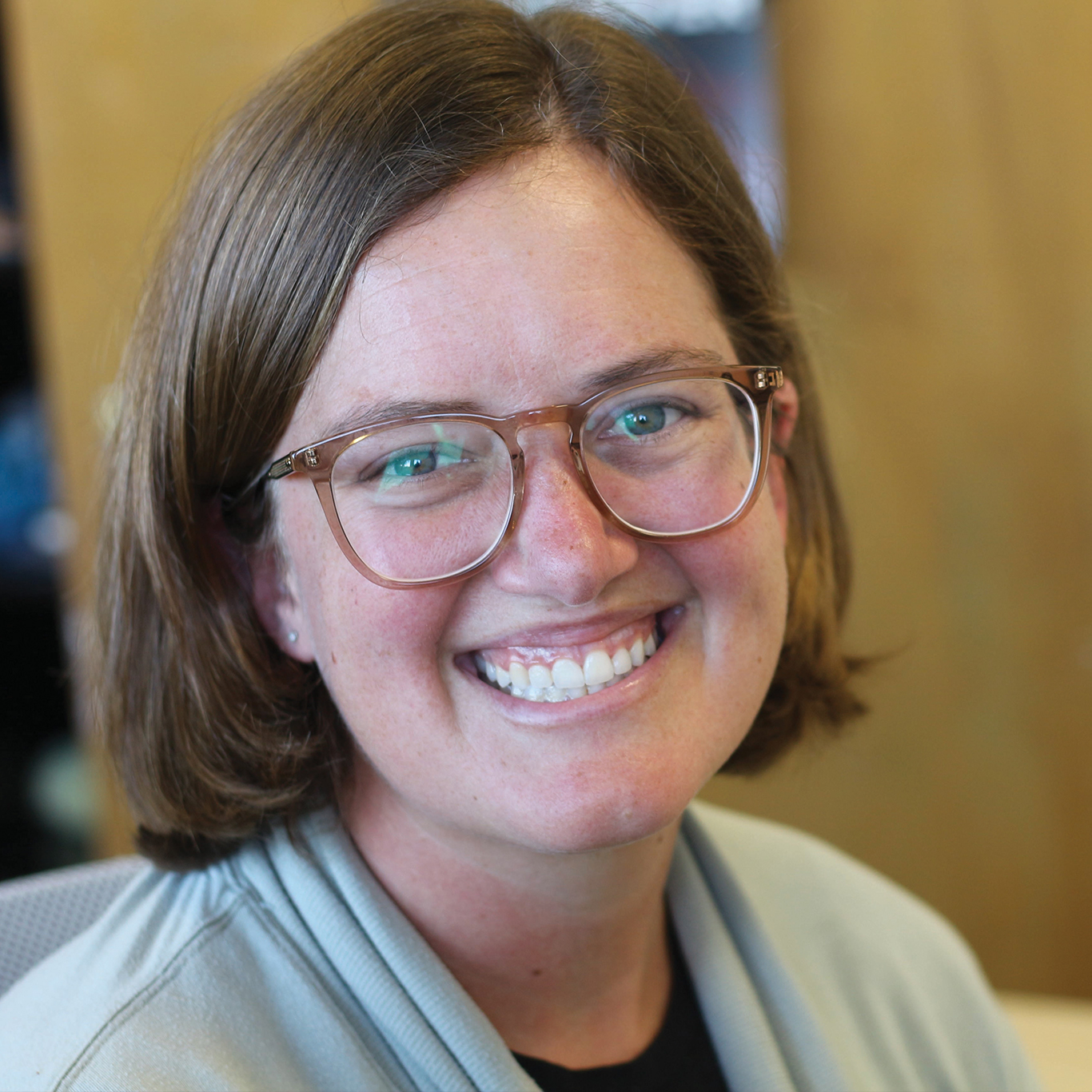
Climate and Kids
Kathleen Schenkel, assistant professor of teacher education
Location: San Diego
One of three principal investigators in the Coastal Climate Kids Collective, Schenkel co-designed a binational research project exploring new ways to engage elementary-age children with their local environments via remote learning. The study spanned Toronto, San Diego and Boston. Each season of the year, about 150 kids received kits with interdisciplinary activities, such as community walks and crafts, tailored to spark ecosystem engagement and knowledge of their local and global communities. Kids shared their creations and observations during Zoom sessions under the backdrop of how they make sense of climate change.
“People sometimes think we shouldn’t be talking about climate change with kids, but what we’ve seen with the Coastal Climate Kids Collective is they are already grappling with it,” Schenkel says.
Findings showed increased engagement within nature, paving the way for heightened environmental stewardship.
